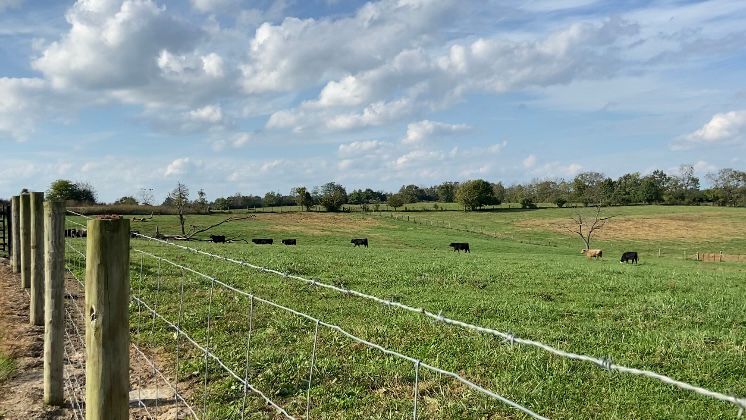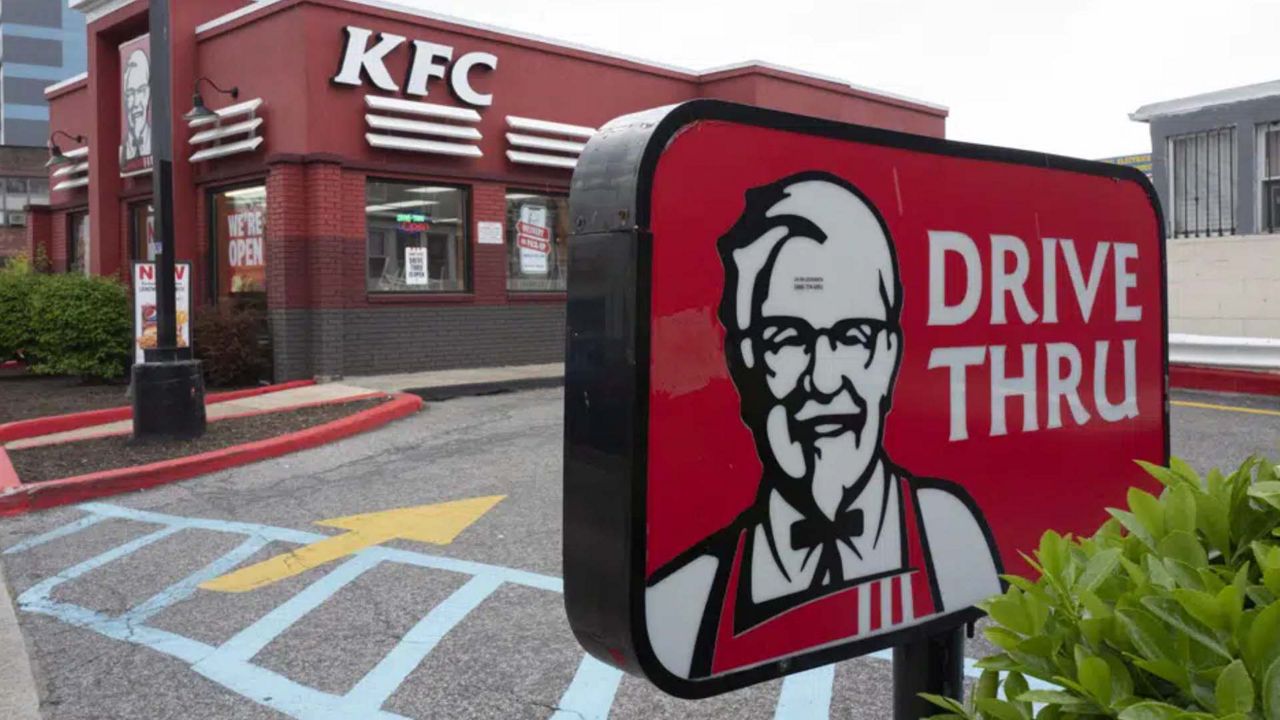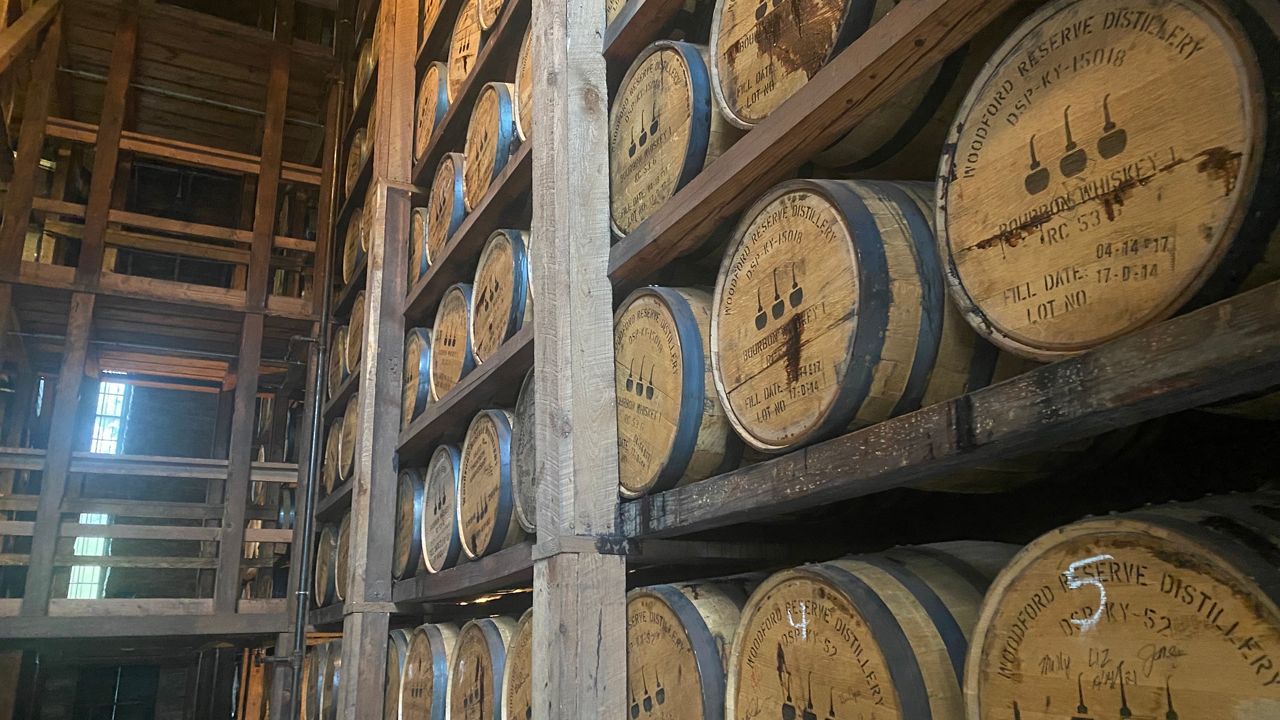KENTUCKY — Having endured bumpy seasons of global trade fights and slumping commodity prices, Kentucky agriculture appears poised to reap record-setting cash receipts this year — fueled by strong crop yields and surging grain exports, agricultural economists said Thursday.
What You Need To Know
- Business is booming for Kentucky farmers, judging by projected 2021 cash receipts
- They're projected to exceed $6.7 billion, eclipsing the $6.5 billion record set in 2014
- Kentucky’s world-renowned horse industry had a strong performance, while livestock producers benefited from high global demand for meats
- Tobacco used to be the king of Kentucky agriculture, but its decline has resulted in a highly diversified farm sector.
Kentucky’s world-renowned horse industry had a strong performance, while livestock producers benefited from high global demand for meats, a team of University of Kentucky ag economists said.
Statewide farm cash receipts this year are projected to exceed $6.7 billion, which would eclipse the $6.5 billion record set in 2014, they said. The past five-year average has been $5.5 billion.
Kentucky’s net farm income — the amount left after farmers’ expenses — is expected to approach $2.5 billion in 2021, which would be the highest level since 2013, the economists said.
Despite ongoing challenges from global COVID-19 pandemic, the U.S. farm economy “has not only survived, but has experienced remarkable growth,” said UK ag economist Will Snell. Kentucky’s farm sector has mirrored those national trends, he said.
Paul Hornback, who raised about 3,000 acres (1,214 hectares) of corn and soybeans in Shelby County, said several factors aligned for a good year on the farm, including lower production costs and favorable weather.
“My yields were the best I’ve ever had and yields make a lot of difference,” he said in a phone interview Thursday. “And it was a great growing season.”
In recent seasons, government payments were boosted to help cushion U.S. farmers from the painful combination of low commodity prices and trade conflicts during Donald Trump’s presidency. Now, a surge in exports, combined with strong crop yields and high demand for meat products, are driving the farm sector’s strong rebound, Snell said.
Hornback, a Republican state senator, said the improved market conditions are a relief for farmers.
“You hear it all the time, they would much rather have a good market that they can make money at, that they can survive on” rather than getting government payments, he said. “Farmers do not like getting those payments. But sometimes the market forces those things to have to happen because we’ve got to have a stable food supply.”
Tobacco used to be the king of Kentucky agriculture, but its decline has resulted in a highly diversified farm sector.
Corn and soybeans are tied with poultry as the state’s top agricultural commodities in 2021, with each accounting for 18% of all projected sales, the UK economists said. The equine industry is close behind at 16%, while the cattle sector is next with 11% of projected sales, they said.
Looking ahead to next year, farmers could face more volatility, the economists said. Commodity prices are expected to remain relatively high, but rising production costs will tighten on-the-farm profits, they said.
“Farm input costs will likely be up double-digit percentages in 2022, with much higher fuel, fertilizer and feed prices,” Snell said. “Labor costs and supplies continue to be a concern, not only among farmers but throughout the entire food supply chain and the rest of economy.”









